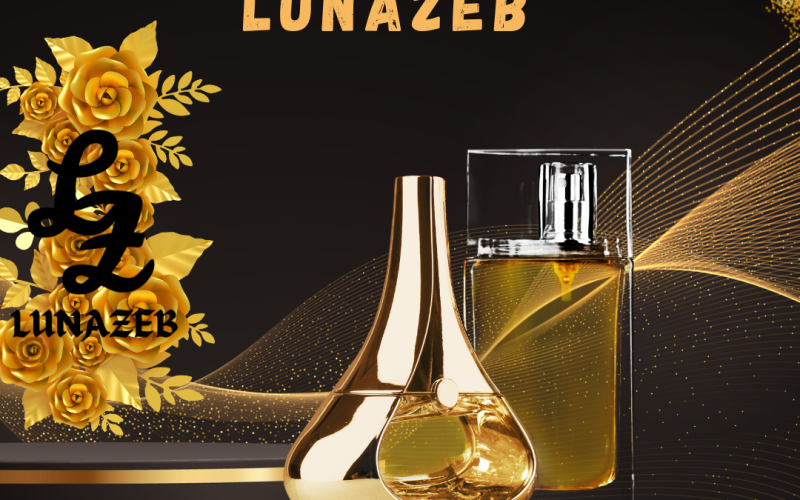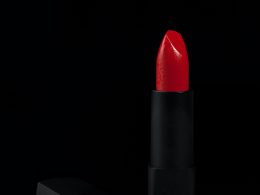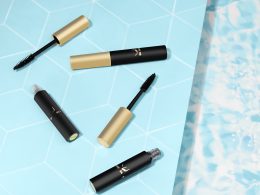The Fascinating History of Perfume
This article was updated on October 28, 2021.
Perfume usage goes back thousands of years, as examples of fragrances have been discovered in ancient Egypt, the Roman Empire, Mesopotamia, and the Persian Empire. Perfumes were used for hygiene and cleanliness, as well as ceremonially and as a symbol of nobility.
Here we’ll explore the history of perfume in cultures around the world as well as its early creation and uses.
Perfume History Around the World
People have used perfume in many different ways throughout the years. Before it was a staple in the fashion industry, perfume was used to distinguish nobility. In many cultures, only the upper classes had access to perfumed products as they were expensive and hard to come by.
When Was Perfume Invented?
The first perfume maker on record was a woman chemist named Tapputi. Stories of the inventor of perfume have been found on a clay tablet from Mesopotamia, suggesting that perfume was invented by Tapputi sometime during the second millennium BC. Throughout the ages, different civilizations used fragrances and perfumes in many interesting ways.
Ancient Egyptian Perfume
Fragrance was of great importance in Egyptian high society. Egyptian mythology even notes the god Nefertem as being the lord of perfume. He is often depicted carrying water lilies, which were a common ingredient in ancient perfume.
Egyptians made perfume by distilling natural ingredients with non-scented oils. The most popular scents were floral, woody, and fruity. Incense was also used ceremonially, and the trade of incense and myrrh played a large part in Egyptian international relations.
It’s said that great Egyptian leaders like Queen Cleopatra and Queen Hatshepsut used fragrances to scent their bodies, quarters, baths, and even took perfume with them to the grave.
Ancient Persian Perfume
The ancient Persians were no less enchanted by fragrance. They ruled the perfume trade for hundreds of years and are credited as the inventors of non-oil-based perfume. During the Sassanid period, the production of fragrance and infused waters was quite prevalent.
Perfume held a high place in Persian noble society. Persian kings often had their own “signature scents” that their companions and relatives were not allowed to use. King Darius is often pictured holding his bottles of perfume or incense. King Xerxes has also been pictured with Lily of the Valley flowers, which were often used in fragrances.
It’s been documented that perfume-making equipment and fragrance-making workshops were abundant in ancient Persia, and they loved to experiment with different scents and distillation processes.
Ancient Roman Perfume
The ancient Romans and Greeks carefully documented their perfume-making processes, which is why several fragrances are being recreated today. One of these fragrances is from the world’s oldest perfume factory, dating back to around 1850 B.C.
The ancient cult of Aphrodite, goddess of love, used perfumes and scents in their temples and in their worship services. However, perfume was not only used for religious purposes. It was a large part of Rome’s transformation from a small farming village to a global epicenter.
Romans were estimated to use about 2,800 tons of imported frankincense and 550 tons of myrrh a year. These fragrances were used in their public bathhouses to scent the water and in body care items such as balms, oils, and perfumes for skin and hair.
Some Romans, such as Pliny the Elder, condemned the use of perfumes because of their opulence and wastefulness. When Rome fell, such luxuries were banned, and perfume was not popular again in Europe for hundreds of years.
Ancient Indian and Chinese Perfumes
While Europeans turned their backs on perfumes for some time, other cultures enjoyed them regularly. For instance, perfume was at the heart of sacred Indian Tantric rituals, used in ceremonies and in their temples.
The ancient Chinese infused many daily items with perfume, such as the ink they wrote with and the stationery they wrote on. They also used perfume in particular spaces such as homes and places of worship.
The Chinese also used perfume for disinfection and purity as they believed that perfume could help rid a room of disease. In general, they focused less on anointing their bodies with fragrance and more on using it to scent the world around them.
During the Sui and Song dynasties, noble Chinese began to use personal perfumes, importing ingredients via the Silk Road. By the Yuan, Ming, and Qing dynasties, fragrance use had begun to spread among the public. Oriental fragrances focused heavily on herbs and spices, many of which were also used for food and medicine.
Medieval Europe: Perfumes of the Renaissance
Around the 11th century A.D., during the Crusades, crusaders began to bring fragrance-making materials and techniques back to Europe. They acquired these materials in the Far and Middle East, including the technique for distilling rose petals.
During the bubonic plague, doctors would wear bird-like masks filled with herbs, spices, and oils to ward off the sickness. The belief that scented oils and fragrant materials could eliminate the “stench of pestilence” helped grow the popularity of fragrance use in medieval Europe.
By the 14th century A.D., Italians had almost perfected the perfume-making process, and liquid perfumes began to replace solid ones. Marco Polo and his teams brought many unique aromatics back from their travel,s which turned Venice into a major fragrance trading post.












